
Expected JAM Launch on July 2025?
Discover JAM’s highly anticipated July 2025 launch, a groundbreaking initiative by Polkadot founder Gavin Wood, with $60M in prizes.
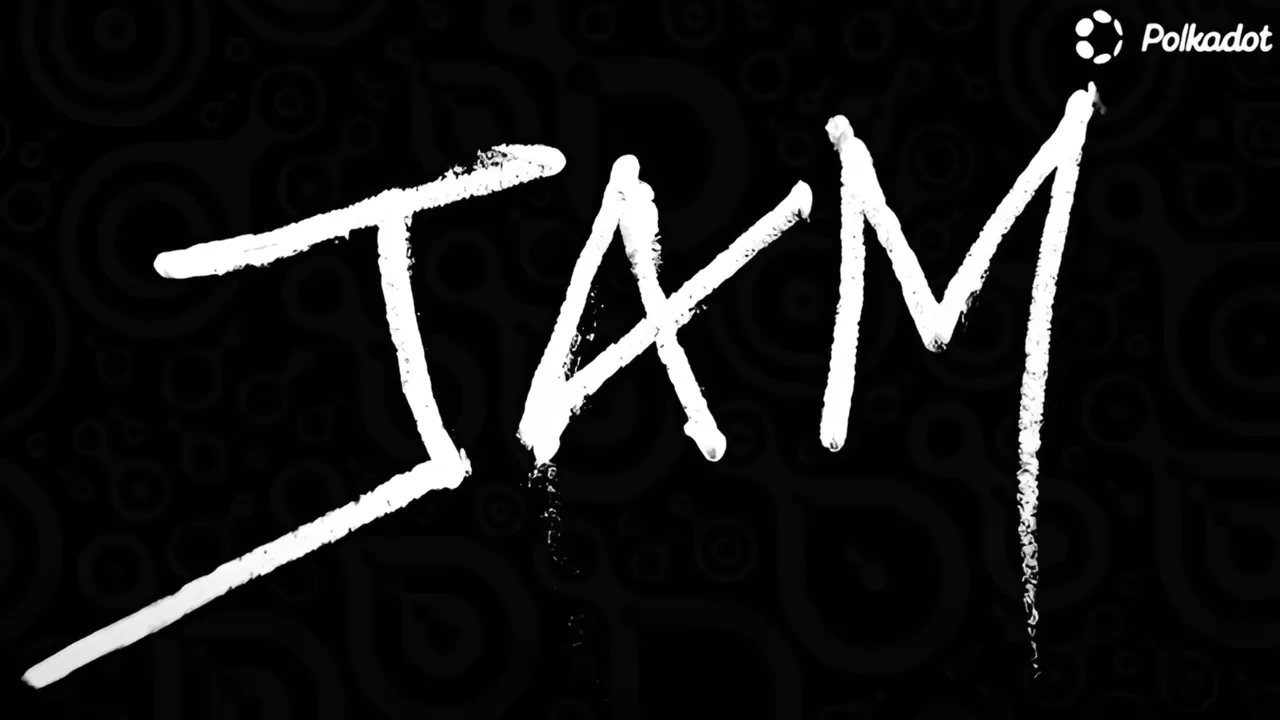
Join-Accumulate Machine
Polkadot’s JAM Chain is a revolutionary, scalable, and transactionless blockchain enhancing roll-ups and smart contract functionalities. +info on the Polkadot Wiki.
Polkadot, a prominent blockchain platform known for its scalable and interoperable network, is poised to introduce a groundbreaking project known as JAM Chain. JAM, an acronym for Join-Accumulate Machine, represents a visionary shift aimed at enhancing the Polkadot ecosystem. The concept of JAM originates from CoreJAM, a model conceptualized by Gavin Wood, emphasizing the processes of Collect, Refine, Join, and Accumulate. However, within the JAM Chain, only the Join and Accumulate functions are executed on-chain, while Collect and Refine occur off-chain.
Unlike the conventional iterative upgrade approach, JAM will be deployed as a comprehensive, singular upgrade. This method offers several advantages:
JAM will function as a domain-specific chain, primarily focusing on roll-ups. Polkadot has already established itself as a highly domain-specific roll-up chain over the past five years. JAM aims to generalize this approach, making it less opinionated and more versatile. The JAM chain accepts outputs of roll-ups, integrating them into a shared state, similar to the Polkadot Relay Chain. Its primary function is to ensure that the output accurately reflects the input after undergoing the intended transformation.
JAM shares several similarities with a smart contract chain:
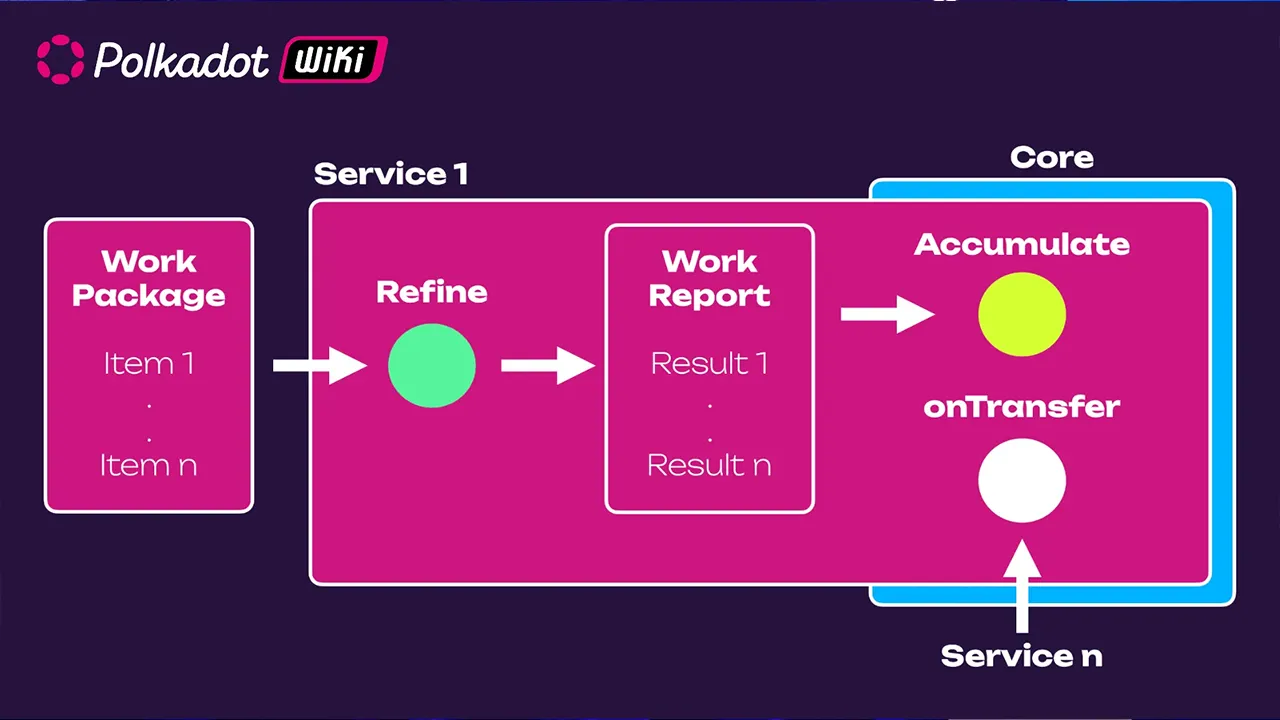
JAM services have three entry points:
Work packages serve as inputs to services, containing work items associated with specific services. The JAM security apparatus involves a two-stage process where Refine accepts work items and produces work results, which are then processed by Accumulate.
JAM distinguishes itself by operating transactionlessly. Instead, it handles extrinsic information in five formats: Guarantees, Assurances, Judgments, Preimages, and Tickets. These elements form part of JAM’s security framework, ensuring validators attest to the accuracy of work results.
The Refine function processes up to 15 MB of data within each time slot, yielding a maximum of 90 kB of data. This stage is crucial for data compaction due to the distributed nature of the availability system. Refine can execute for up to 6 seconds of Polkadot Virtual Machine (PVM) gas.
The Accumulate function integrates the output from Refine into the chain state. It is stateful, allowing access to the JAM chain’s state and enabling various functionalities such as creating new services and transferring funds.
The OnTransfer function facilitates asynchronous communication between services, enabling state modifications and interactions.
JAM represents a significant reduction in opinionation compared to Polkadot, offering higher abstraction and generalization. It operates in a permissionless manner, allowing users to upload and execute code, host data, and manage state. JAM also supports features like preimage lookup and managing key-value pairs.
The PVM design is based on the RISC-V ISA, known for its simplicity and versatility. This architecture ensures high execution speeds and efficient metering. SAFROLE, a block production algorithm, simplifies the process by excluding unnecessary components, maximizing potential future use cases.
JAM utilizes the QUIC protocol for networking, facilitating direct connections between validators and avoiding gossip protocols. Pipelining in JAM enhances block processing efficiency by adopting a different approach to state roots, allowing more time for computation.
JAM introduces fixed parameters for optimizations, unlike the highly upgradable relay chain. This approach reduces complexity and enhances optimization possibilities. JAM retains flexibility through its service model, managing coretime sales, staking, and governance at the application level.
To meet its objectives, JAM introduces the JAM toaster, a test platform designed for large-scale trials and performance assessments. This platform enables in-depth research at the scale of the entire JAM network, providing valuable insights for developers.
JAM maintains compatibility with existing Polkadot parachains while introducing significant enhancements. It supports benchmarking, Cross-Chain Message Passing (XCMP), and introduces the concept of accords for secure interactions between parachains.
Polkadot’s JAM Chain represents a transformative step in blockchain technology, offering a flexible and efficient framework for managing data and computations. By integrating roll-up functionality, smart contract similarities, and advanced networking protocols, JAM aims to revolutionize the Polkadot ecosystem, providing a scalable and robust platform for future developments.

Discover JAM’s highly anticipated July 2025 launch, a groundbreaking initiative by Polkadot founder Gavin Wood, with $60M in prizes.

Explore how the JAM Toaster tests JAM’s blockchain capabilities at scale, revealing insights into its performance and future potential.
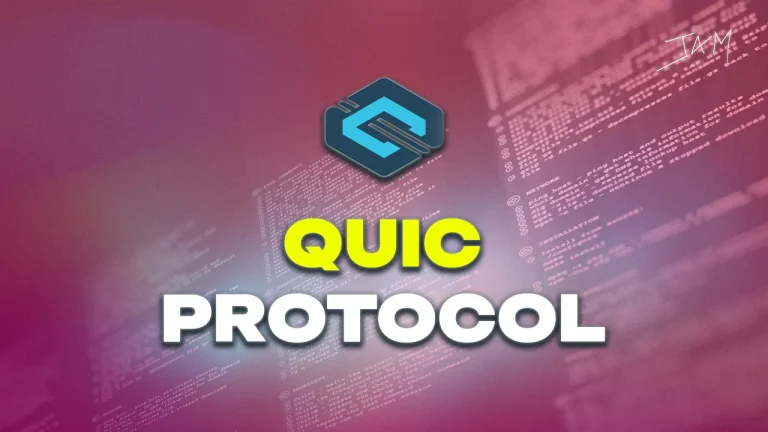
“Discover the QUIC protocol’s role in enhancing JAM Chain’s networking, improving latency, reliability, and scalability for validators.”
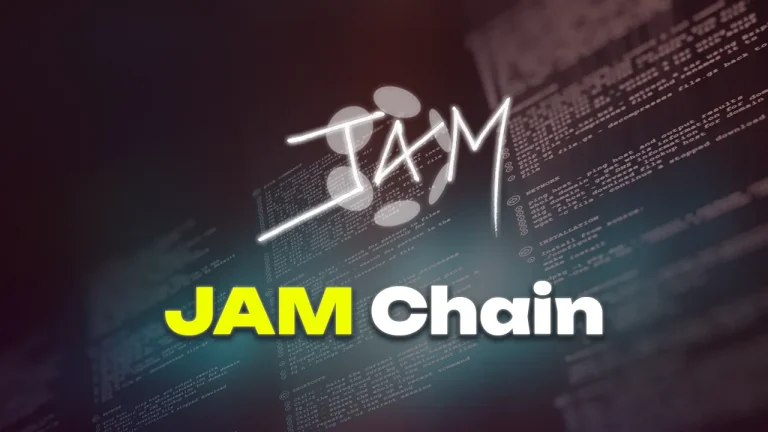
Discover why JAM is the future of blockchain scalability with unparalleled flexibility and security for decentralized applications.

SAFROLE is Polkadot’s SNARK-based block production protocol enhancing validator anonymity, reducing forks, and ensuring secure consensus.

Discover Gavin Wood’s insights on JAM, the future of Polkadot, from the Kusamarian Space Monkeys podcast interview.

Gavin Wood discusses blockchain’s future, Polkadot’s innovations, and solutions like Agile Coretime and JAM in Behind the Code: Web3 Thinkers.

Discover JAM, Gavin Wood’s new blockchain protocol enhancing resilience, coherency, and performance with unique data topology and PVM.

Gavin Wood and Vitalik Buterin discussing Jam, Ethereum, decentralized governance, and blockchain’s global impact. Key insights.
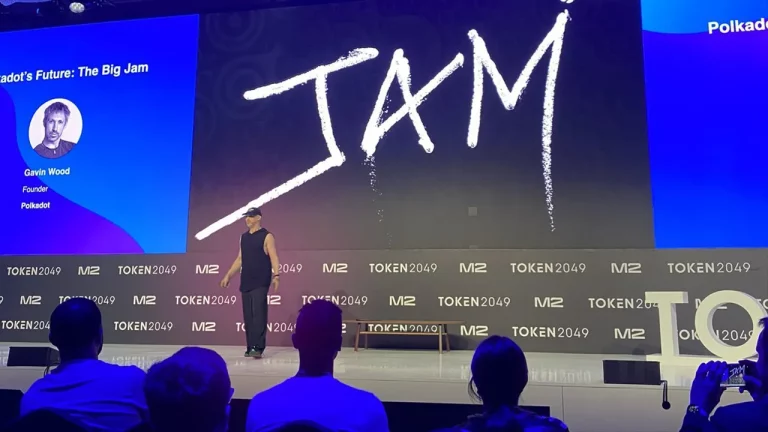
At TOKEN2049 Dubai 2024, Dr. Gavin Wood, founder of Polkadot, unveiled JAM, a significant upgrade designed to propel Polkadot towards a scalable and feature-rich future.
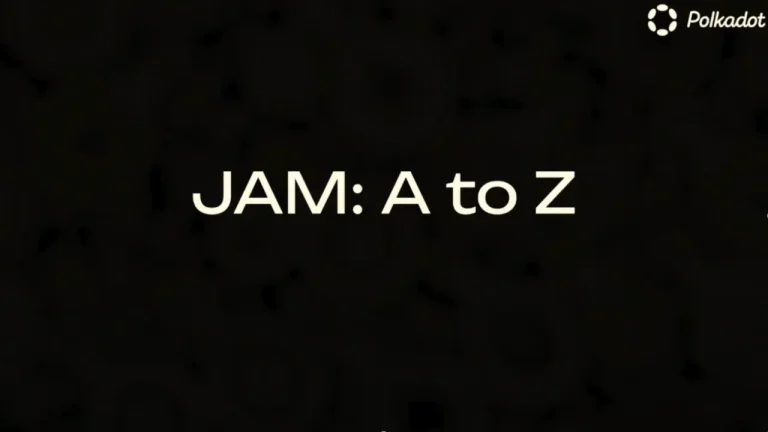
Discover JAM: Gavin Wood’s innovative blockchain concept enhancing efficiency and scalability, potentially succeeding Polkadot’s relay chain.
Join our Newsletter
By signing up, you will receive emails about DaBlock products and you agree to our terms & conditions and privacy policy.
Submit a profile/project.
Fill out the following form in order to include or modify a profile/project in our lists.
Terms of services & Privacy policy | DaBlock 2024 | All rights reserved